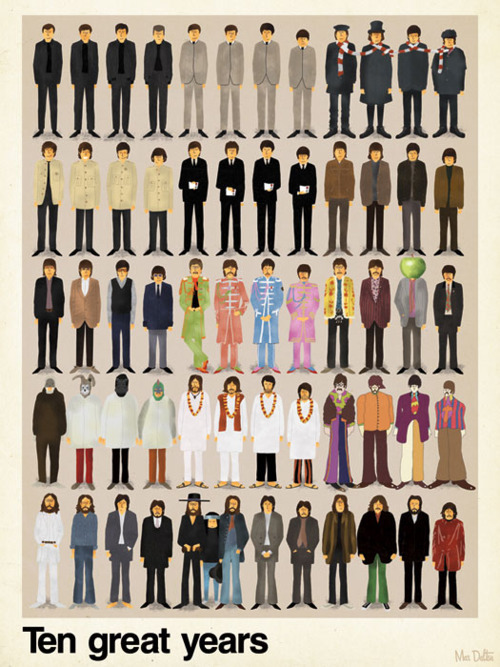Swedish friends are great to have, and I am lucky to have one who introduces me to amazing things like this 60's duo, Hansson & Karlsson, one on drums, one on organ (and everyone knows organ is the best instrument ever). I can't really put it better than the introduction to their biography on Spotify:
"The two members of Hansson & Karlsson are both better known for other things - Bo Hansson as the composer of the progressive fantasy album Lord of the Rings, and Jan Karlsson as a second-rate actor."
Fortunately in the 60's they combined to create this moody, manic mish-mash of amazing sound that I am going to spend all afternoon lying on my bed listening to, trying to drown out the thumping bass emanating from downstairs.
Be sure to watch the video above - special moments to watch out for - Karlsson (drums) grinning like a buffoon the entire time, Hansson (organ) the 'serious' one obviously, but who also happens to play in socks, and random guitarist who keeps cropping up (sorry dude, it's just drums and organ), and when they go crazy at the end and all pound gongs.
And best of all their albums are all on spotify for your (and my) listening pleasure.













